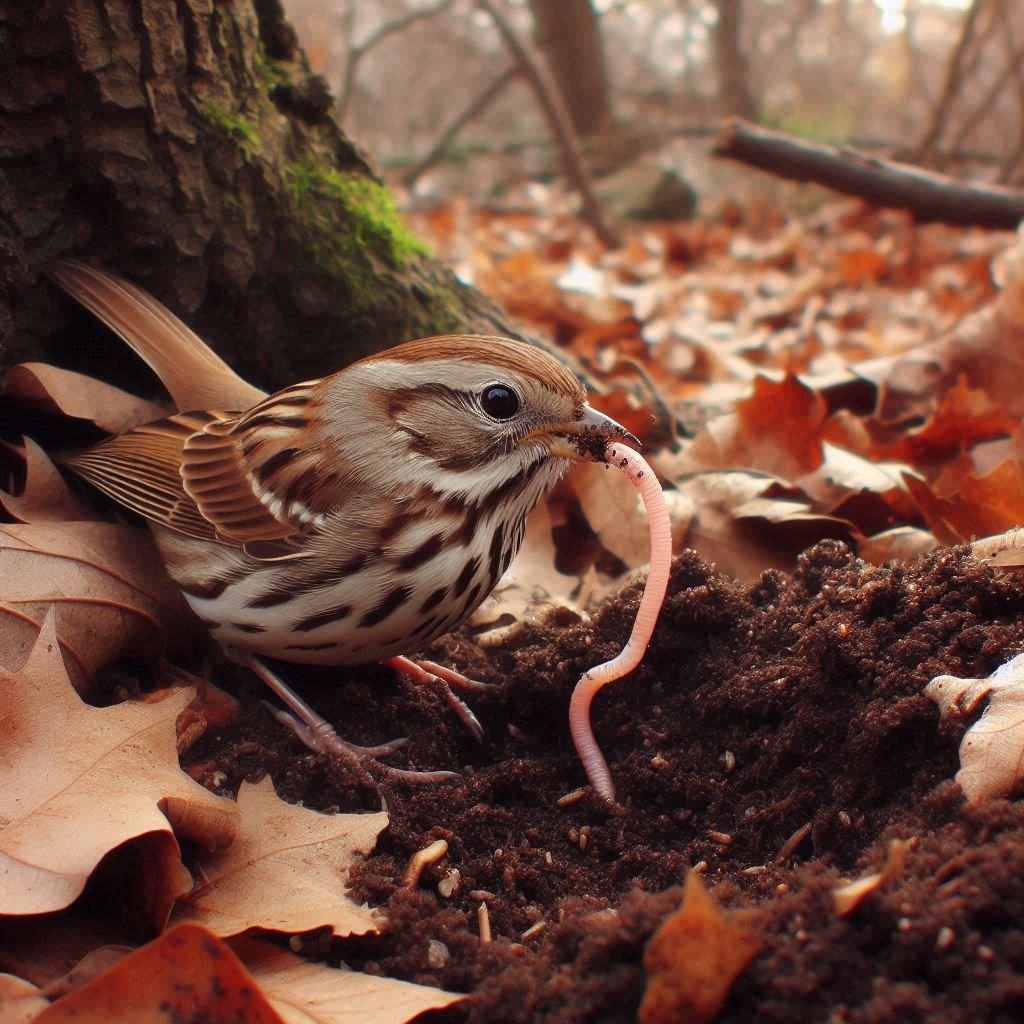Allegheny Musings
A Blog by Susan C. Ramirez

I remembered the modest cabin of my girlhood. I remembered how at home I was there and in the hollow. I remembered how my best self lived in that cabin and in that hollow and that it was there I had received the priceless, immeasurable fortune for which financial opulence is a ridiculously poor substitute.

Closer to the cabin, standing in between the back deck and the pond, is a shagbark hickory named Hickman. He is a lovely tree, but at this time of year, I consider him way too close for comfort. Because in the fall, Hickman typically releases the hundreds of hickory nuts he has been producing since spring. The nuts, encased in a hard husk about the size of a golf ball, hit the deck with a loud thud. Many a knock on the head I have had thanks to Hickman’s indiscriminate liberations. Many a sleepless night I have had thanks to his rackety emancipations.

I would beg to differ. Because I find the Alleghenies fascinating. With their current images like squat, stoop-shouldered, wrinkled old grandmas and their dense forests veiled in shadows, there is something mystical about the Allegheny Mountains. As if they are the all-knowing keepers of ancestral wisdom. Within the dark shelter of their woods, hiding secrets we humans are not yet ready to learn.







